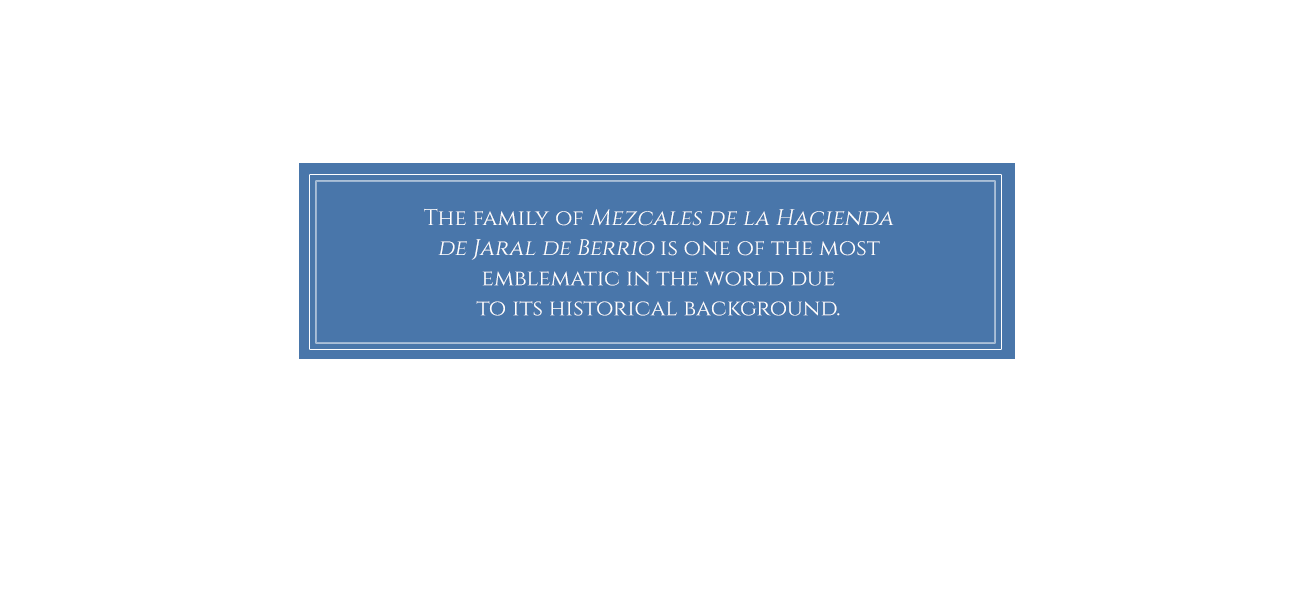
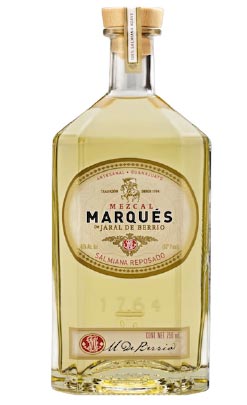
Type: Mezcal Reposado (American Oak)
Agave: Salmiana (Salmiana Otto Ex Salm SSP Crassispina Trel Gentry)
Alc. Vol.: 80 Proof / 40% Alc. by Vol.
Region: San Felipe Torres Mochas, Guanajuato, México
Village: Jaral de Berrio
Elevation: 2,048 meters (6,824 feet)
Oven: Conic stone
Fermentation: Inox open containers
Milling: Tahoana
Distillation: Double distilled in copper
Spirit Awards


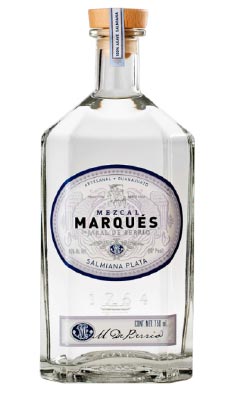
Type: Mezcal Joven
Agave: Salmiana (Salmiana Otto Ex Salm SSP Crassispina Trel Gentry)
Alc. Vol.: 80 Proof / 40% Alc. by Vol.
Region: San Felipe Torres Mochas, Guanajuato, México
Village: Jaral de Berrio
Elevation: 2,048 meters (6,824 feet)
Oven: Conic stone
Fermentation: Inox open containers
Milling: Tahoana
Distillation: Double distilled in copper
Spirit Awards



Mezcal JARAL de BERRIO
Type: Mezcal Joven
Agave: Salmiana (Salmiana Otto Ex Salm SSP Crassispina Trel Gentry)
Alc. Vol.: 36% – 40%
Region: San Felipe Torres Mochas, Guanajuato, México
Village: Jaral de Berrio
Elevation: 2,048 meters (6,824 feet)
Oven: Conic stone
Fermentation: Inox open containers
Milling: Tahoana
Distillation: Double distilled in copper
Spirit Awards
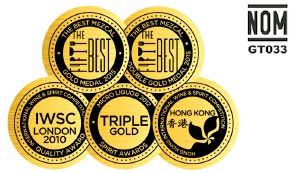

Our History
The family of Mezcales de la Hacienda de Jaral de Berrio is one of the most emblematic among the Mezcal world due to its historical background.
The Hacienda del Jaral de Berrio is located in the historic borough of San Felipe Torres Mochas, Guanajuato. Its origins date back to the late 16th century and the production of mezcal since 1764, when it was then known as aguardiente criollo del Jaral, according to bibliographic data and historical stock inventories.
Today our mezcals are produced rigorously under the same methods and are still bottled at the main compound of the Hacienda.
As part of our unique production process, the Mezcales de la Hacienda Jaral de Berrio are steamed, not smoked, which means that the heart of the agaves are softened with vapor before the grinding process, we do not use smoke in order to avoid any flavour contamination letting the notes of the Agave Salmiana to be fully present.
This unsmoked process gives as a result a unique Mezcal for Experts as well as it can also be perfectly blended for all kind of flavours cocktails opposite (contrary) to the smoked ones.
Awards

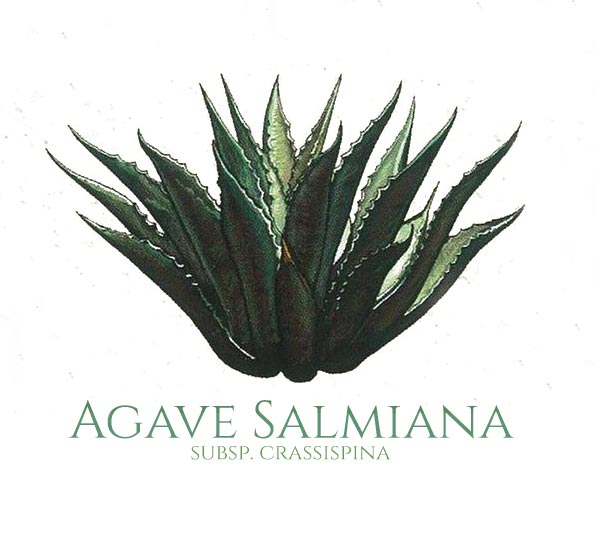
Best in Class / IWSC 2010 / London, UK
Triple Gold Medal / Micro Liquor 2012 / USA
Best Mezcal – Tequila / HK IWSC 2012 / Hong Kong
Gold Medal Best Mezcal / Fifty Best 2013 / USA
Gold Medal Best Mezcal / Fifty Best 2014 / USA
Double Gold Best Mezcal / Fifty Best 2014 / USA
Double Gold Best Mezcal / Fifty Best 2015 / USA
Double Gold Best Mezcal / Fifty Best 2016 / USA
FAQ

1.- What does Mezcal stands for? What is Mezcal?
Mezcal is a spirit which has been growing in popularity in recent years. Like Tequila, it is made from the agave plant, but while tequila is made only with one agave type, the Blue Agave or Agave Tequilana, mezcal can be made with all other different varieties of agave. Since 2005, mezcal has been under the protection of the Designation of Origin that determines that agave spirit may only be labeled mezcal if it is made within a certain region of Mexico that comprises 9 different states.
2.- What does Agave Mean?
Agave (pronounced “ah-gah-vay”), which is also called maguey (“mah-gay”) in Spanish, is sometimes referred to as a “century plant” in English because it can grow to be very large and has a long life-span (not really a century, more like 25 to 30 years).
The agave is usually harvested when it is seven or eight years old. After the agave is harvested, the spines of the plant are cut off and the remaining heart, called the piña (which means pineapple, because of its resemblance to the fruit), can weigh up to 100 kg (220 pounds) for the Agave Salmiana variety.
3.- Mezcal Production Process.
- Cultivation: Agave is Planted
- Harvest: Jimadores harvest the mature Agave (Piña or Core of the agave from which liquid is extracted)
- Steamed or Cooked: Piña or Agaves Core are cooked and softened with vapor in stone ovens. Mezcal Jaral de Berrio is smoke-free in order to keep the fresh notes of our agaves.
- Grinding Process with a stone wheel Tahona
- Fermentation in open containers
- Distillation in copper (alambique) double
4.- Mezcal Denominación de Origen (Designation of Origin)
Mezcal Designation of Origin is defined by the Mezcal Regulatory Council (C.R.M. Consejo Regulador del Mezcal) and includes territories within 9 different States in Mexico. In which the State of Guanajuato, and the borough of San Felipe, where Mezcal Jaral is produced, are included.
5.- Main difference between Tequila and Mezcal.
Tequila should only ever be made from the blue agave. On the other hand, mezcal can be made from seven of the types of agave that grow in Mexico, each of which has its own flavours and character.
6.- How to drink Mezcal?
Mezcal is meant to be kissed—you’re supposed to sip it very slowly, allowing a connection with it. Mezcal should be something you share and drink with somebody else, not something you rush through.
Mezcal also mixes great in cocktails, as great bartenders and mixologist around the world had showed us.
7.- Authenticity.
Providing you’re buying authentic mezcal (look for the Consejo Regulador del Mezcal CRM distinctive signs like NOM – G33T ).
8.- Which Agave is used to produced the Mezcales de Jaral de Berrio?
The family of Jaral de Berrio uses agave Salmiana, which is traditional from the region where it is produced.
9.- Smoked or Unsmoked Mezcals.
For some reason everyone calls mezcal smoky, but the non-smoked mezcales of the family of Jaral de Berrio Mezcals maintain the original flavor from our agaves, specially agave Salmiana which is another of Mezcal Jaral de Berrio distinctives.
Years ago mezcal included also a worm in the bottle; both, the worm or the smoky flavor are each time being less part of a good and fine mezcal.
10.- What is a Maestro Mezcalero?
The Maestro Mezcalero or Mezcal Master, is the Alchemist of mezcal, is someone who has learned from generation to generation the production process of this mystical drink.
Contact







